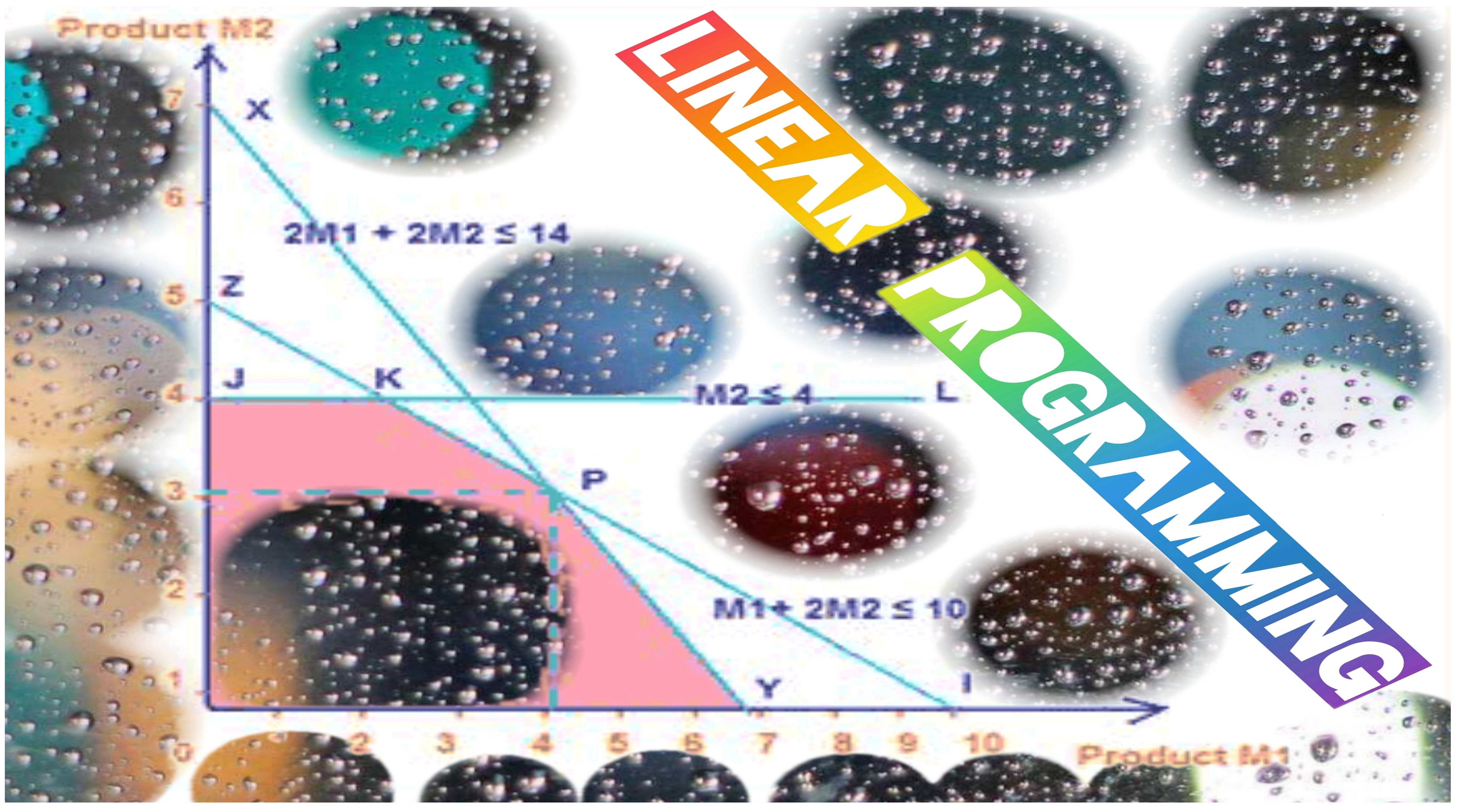
Linear programming is a well-established technique employed in mathematical optimization that seeks to optimize a linear function, known as the objective function, while adhering to linear constraints. The primary objective of this method involves identifying the most advantageous solution within a range of feasible alternatives.
The fundamental end of linear programming resides in its ability to mathematically depict real-world dilemmas like resource allocation, manufacturing scheduling, supply chain operations, financial management and various other areas. These predicaments are frequently articulated using linear functions that represent distinct objectives requiring fine-tuning for optimal results.
The main objective of linear programming is to optimize this objective function (also referred to as fitness, economic, profit, depending on the application domain) by determining the values of decision variables that maximize profits, minimize costs, or achieve any other specified goal. Decision variables are at the core of solving a linear programming problem, where the focus is on finding their optimal combination.
The linearity of objective functions and constraints is a fundamental characteristic of linear programming. This linearity, expressing linear relationships between variables, simplifies the resolution process while maintaining the expressive power of the model. It enables the efficient use of sophisticated algorithms such as the simplex method to find the optimal solution.
Linear programming is an essential tool for solving optimization problems where relationships between variables are linear. It has extensive applications in various fields, contributing to improving decision-making processes and operational efficiency in diverse contexts. This course unfolds using examples and exercises to illustrate the fundamental concepts of linear programming, with an emphasis on individual practice for optimal understanding.
- Teacher: Mansour MEKOUR
